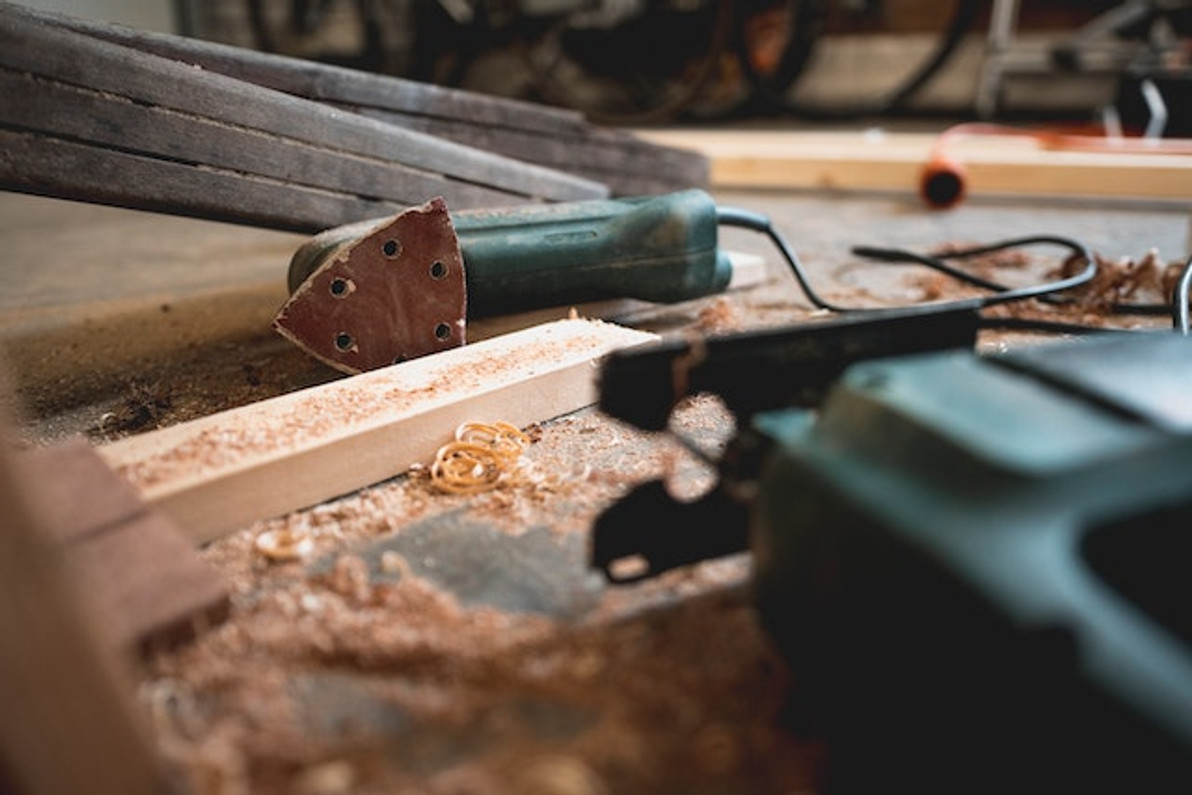Why Do Some Power Tools Have a Three-Prong Cord?
Ever wonder why some power tools have a three-prong cord? Assuming an electrical power tool doesn't feature a built-in battery, it will likely require a corded connection to a wall outlet. You'll have to connect the power tool to a nearby wall outlet with a cord. While some power tools have a two-prong cord, though, others have a three-prong cord.
Two-Prong vs Three-Prong Cords
Both two-prong and three-prong cords are designed to deliver electricity. They allow electricity to flow from a wall outlet to the power tool to which they are connected. The difference is that three-prong cords feature a ground wire, whereas two-prong cords do not.
Two-prong cords have a hot wire and a neutral wire. The hot wire is designed to deliver electricity. The neutral wire, on the other hand, is designed to return electricity back to the wall outlet. Three-prong cords have a hot wire and a neutral wire -- just like their two-prong counterparts -- but they also contain a ground wire.
The Purpose of a Ground Wire
The ground wire in three-prong cords is essentially a fail-safe in the event of excess electricity. It's designed to ground the power tools with which it's used. Grounding means that the power tool is connected to the ground. If excess electricity flows to the power tool, it will travel through the ground wire where it's then safely dispersed.
Is a Three-Prong Cord Necessary?
Most power tools don't need a three-prong cord. Rather, they are shielded with a double-insulated body. Even if the exterior of a power tool is metal, for instance, it will likely feature two or more layers of plastic or a similar non-conductive material within it. These non-conductive layers will prevent excess electricity from shocking the user.
Safety Tips When Using Three-Prong Cords
Of course, you should still follow some safety tips when using power tools that feature a three-prong cord. For starters, don't attempt to plug them three-prong cords into two-prong outlets. If a cord has three prongs, it should only be plugged into a three-prong outlet.
You should also inspect the prongs beforehand. Before plugging a three-prong cord into a three-prong outlet, make sure all three prongs are straight. If they are bent, loose or damaged, don't use it. You'll need to replace the damaged cord with a new three-prong cord. Using a damaged cord, whether it has two or three prongs, is a serious safety hazard.
Recent Posts
-
Fire Safety in the Workplace: What You Need to Know
What steps are you taking to prevent fires in your workplace? According to the U.S. Occupational Saf …Aug 23rd 2023 -
Is It Safe to Go Jogging With a Cold Infection?
If you're suffering from a cold infection, you might be wondering whether it's safe to go jogging. T …Aug 22nd 2023 -
5 Safety Tips to Follow When Using a Powder-Actuated Tool
Powder-actuated tools are commonly used to join materials to steel and concrete. Also known as Hilti …Aug 20th 2023




